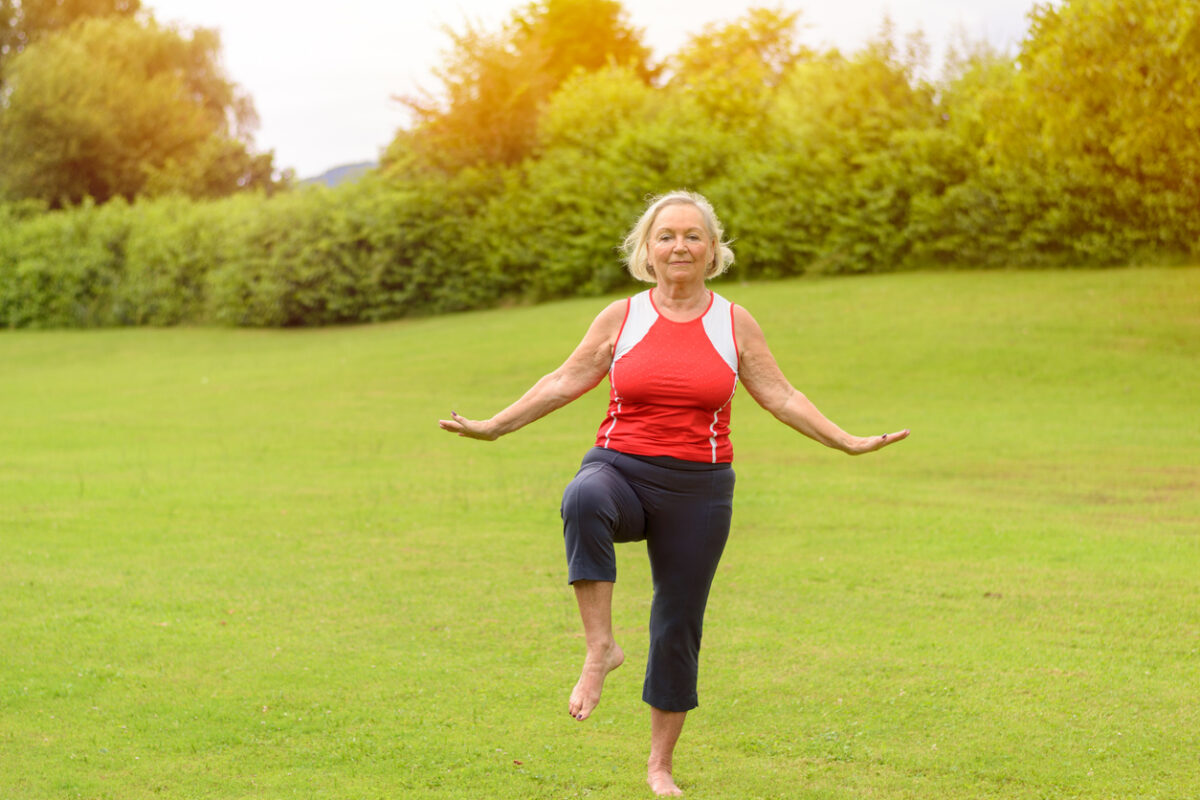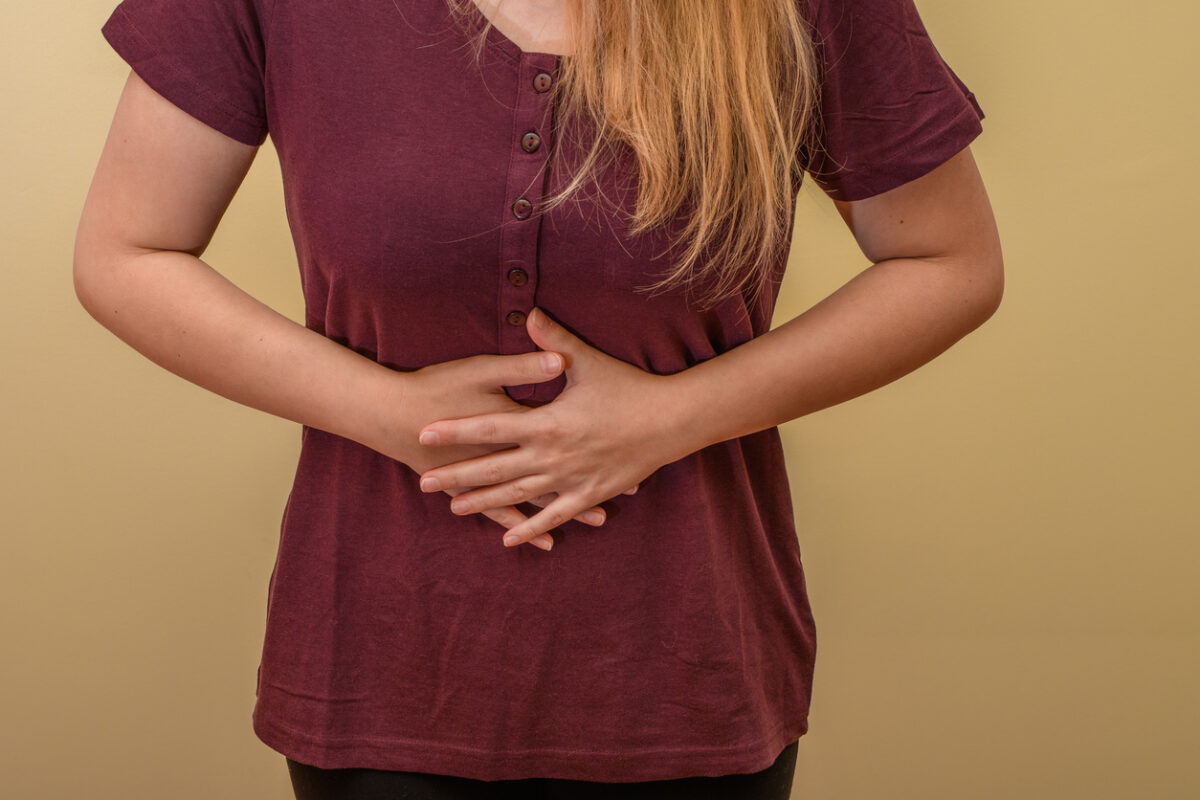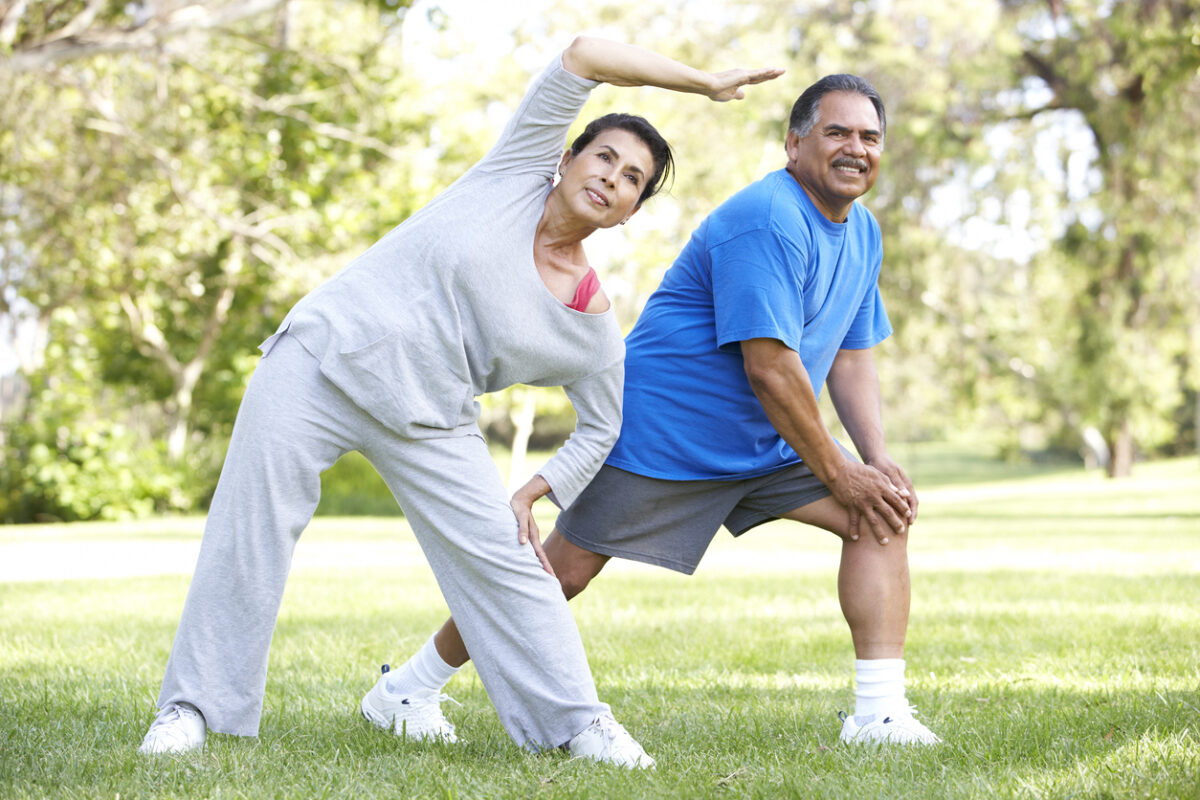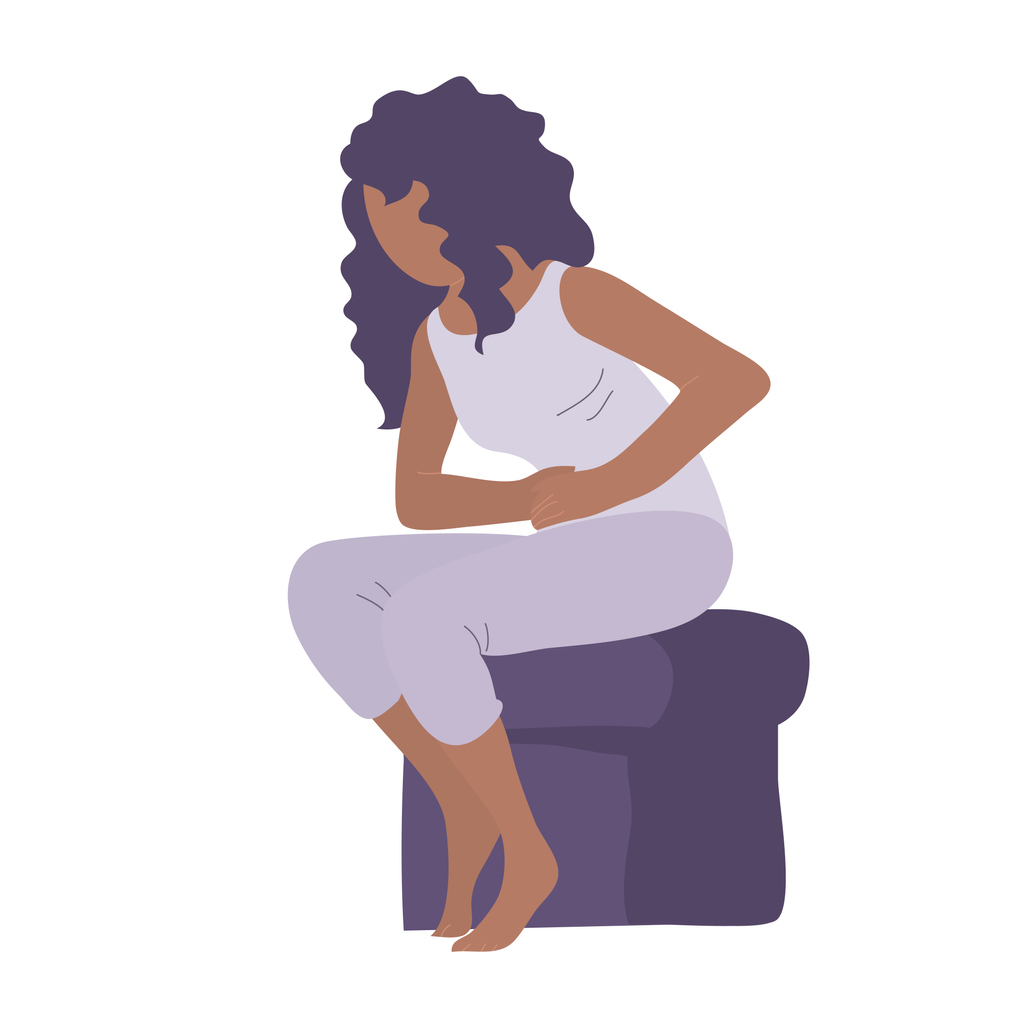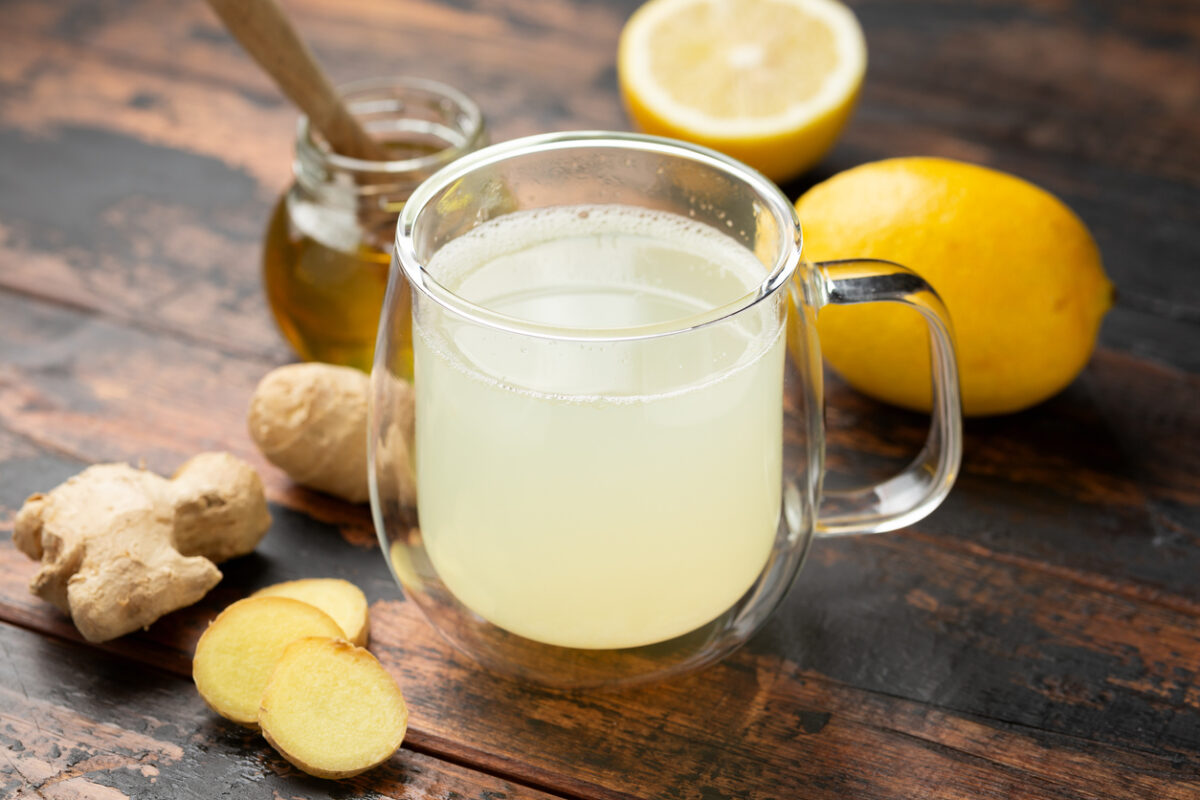Discover the Foods For Joint Health Nutrition and Anti-inflamation
As we age or battle with chronic conditions, our joint health can deteriorate, leading to discomfort and reduced mobility. However, certain foods have the power to fight inflammation and strengthen joints. Incorporating these foods for joint health nutrition into your daily diet can help maintain and even improve joint health and your overall quality of life. Ready to transform your diet and take steps towards a more active, pain-free lifestyle?
Let’s delve into the foods that will nourish and protect your joints.
Top Anti-Inflammatory Foods for Stronger Joints and Less Pain
Inflammation is a significant contributor to joint pain and degeneration. Foods rich in omega-3 fatty acids, such as salmon and flaxseed, can reduce inflammation.
Antioxidants found in berries, spinach, and nuts are also essential in fighting off free radicals that may damage joints.
Additionally, spices like turmeric and ginger have natural anti-inflammatory properties. These ingredients not only improve joint health but also offer an array of other health benefits, making them must-haves in your anti-inflammatory diet.
[/blogcardEssential Vitamins and Minerals for Optimum Joint Function
Essential vitamins and minerals play a crucial role in maintaining optimum joint function.
Vitamin C is known for its antioxidant properties and helps in the synthesis of collagen, a protein found in connective tissues.
Vitamin D aids in calcium absorption, which is important for bone health.
Vitamin E acts as an antioxidant and has anti-inflammatory effects, reducing joint pain.
Omega-3 fatty acids, found in fish oil, have been shown to reduce joint stiffness and swelling.
Calcium and magnesium are essential minerals for maintaining strong bones and preventing osteoporosis.
Zinc and copper are needed for the production of collagen and cartilage.
Finally, manganese helps in the formation of connective tissues and supports joint health.
Incorporating these essential vitamins and minerals into a balanced diet can promote optimum joint function and reduce the risk of joint-related issues.
Rich Foods for Joint Health Nutrition by Each Nutrient
Vitamin C; citrus fruits, strawberries, bell peppers, and broccoli are rich sources.
Vitamin D; fatty fish like salmon and mackerel, fortified dairy products, eggs, and mushrooms
Vitamin E; almonds, spinach, sunflower seeds, avocados, and hazelnuts
Omega-3 fatty acids; fatty fish (salmon, mackerel), nuts (walnuts, almonds), seeds (chia, flaxseeds), and oils (fish oil, flaxseed oil)
Calcium; dairy products like milk, cheese, and yogurt, as well as leafy greens such as kale and spinach
Magnesium; spinach, almonds, black beans, quinoa, and pumpkin seeds
Zinc; oysters, beef, lamb, pumpkin seeds, and spinach
Copper; shellfish, organ meats, nuts and seeds, dark chocolate, dried fruits, and legumes
Maganese; nuts, seeds, whole grains, leafy greens, legumes, and certain seafood
Take Various Foods Instead of Relying on A Few Specific Ingredients
From the above discussion and list, we can read one crucial principle.
You need to take various nutrients from various foods for your joint health. It’s not only about the joint health.
When a specific joint lacks essential nutrients, even if you supplement them, vital organs necessary for life absorb these nutrients first, delaying their immediate delivery to the joint.
Including various foods in one’s diet helps provide a wide range of nutrients that work together to support your overall health. Then, your joint health.
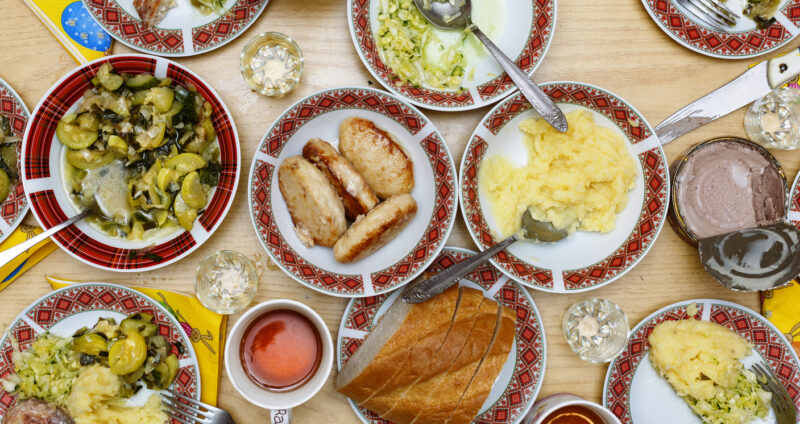
Nutrients Complex for your Joint Health
Kanpo’s overall health healing concept
Now you understand that you need overall nutrient supplementation and whole body health care in order to improve your joint health. Under this concept, unfortunately it may not be enough to take supplements of chondroitin or glucosamine.
This kind of “healing through overall health” is actually an idea of Kanpo.
Kanpo is traditional Japanese medicine, based on Chinese medicine and refined with Japanese notable perfectionism in their long history.
It focuses on the body’s natural healing power and aims to improve the fundamental constitution causing bodily discomfort through the combination of numerous natural ingredients. This approach differs from the Western medical philosophy of ‘directly correcting specific issues with functional substance.’
A Natural Joint Health Relief Supplement based on the Idea of Kanpo
JUVERIENTE® has closed a partnership with a Japanese brand, Nalelu®. Many Japanese people have loved them with their natural supplements based on the Kanpo concept reconstructed with contemporary ingredients.
‘Japanese Total Joint Ease’ by JUVERIENTE® / Nalelu® delivers a balanced and stable set of nutrients not only to the cartilage but also to the entire joint tissue.
Simultaneously, it optimizes digestion and absorption, improves blood circulation, and supports the absorption of essential nutrients and tissue recovery.
Experience an idea of Kanpo reconstructed with modern natural ingredients with ‘Japanese Total Joint Ease.


